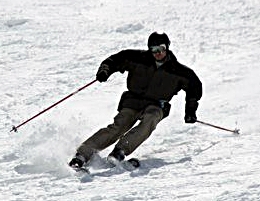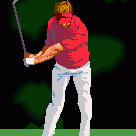IGNORED
Aerated Greens and Fairways
Note: This thread is 4737 days old. We appreciate that you found this thread instead of starting a new one, but if you plan to post here please make sure it's still relevant. If not, please start a new topic. Thank you!
-
Topics Being Discussed Right Now on The Sand Trap
-
- 6 replies
- 1,018 views
-
- 12 replies
- 6,138 views
-
- 412 replies
- 124,126 views
-
- 11,199 replies
- 1,015,230 views
-
- 24 replies
- 8,875 views
-





Recommended Posts
Create an account or sign in to comment
You need to be a member in order to leave a comment
Create an account
Sign up for a new account in our community. It's easy!
Register a new accountSign in
Already have an account? Sign in here.
Sign In Now